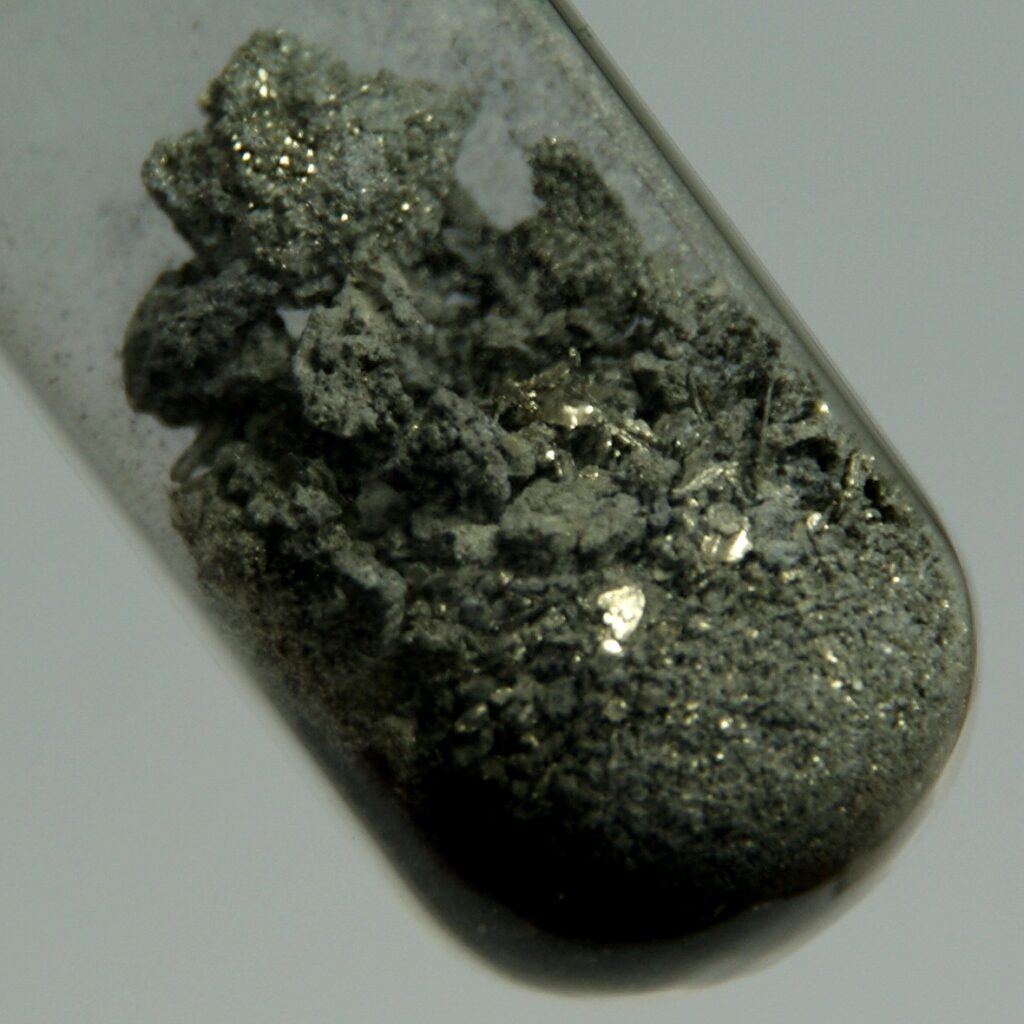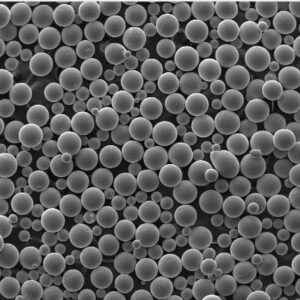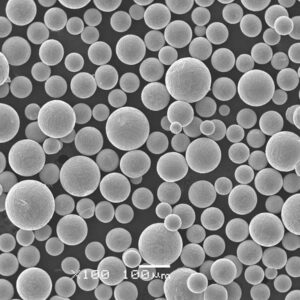Stainless steel 304 powder is a versatile material with uses across industrial, consumer, and healthcare applications. This guide provides a detailed overview of 304 stainless steel powder including its composition, properties, applications, grades, specifications, pricing, pros/cons, and more.
Composition of Stainless Steel 304 Powder
The nominal chemical composition of 304 stainless steel powder is:
| Element | Weight % |
|---|---|
| Iron (Fe) | Balance |
| Chromium (Cr) | 18-20% |
| Nickel (Ni) | 8-10.5% |
| Manganese (Mn) | <2% |
| Silicon (Si) | <1% |
| Carbon (C) | <0.08% |
| Phosphorus (P) | <0.045% |
| Sulfur (S) | <0.03% |
| Nitrogen (N) | <0.1% |
The high chromium and nickel content provide excellent corrosion resistance. The low carbon variant 304L powder has <0.03% carbon.

Overview of 304 Stainless Steel Powder Properties
Key properties of 304 stainless steel powder include:
| Property | Details |
|---|---|
| Corrosion Resistance | Excellent due to high chromium content |
| Strength | Typically tensile >500 MPa when sintered |
| Durability | Very good against chemical and environmental damage |
| Bio-compatibility | Safe for use in medical devices and implants |
| Thermal Stability | Can operate down to cryogenic temperatures |
| Manufacturability | Easy to fabricate finished parts via pressing/sintering |
| Magnetism | Non-magnetic unlike grade 430 steel powder |
These properties support a wide range of applications for 304 stainless powder metallurgy parts.
Applications and Uses of 304 Stainless Steel Powder
Typical applications using 304 stainless steel powder include:
| Industry | Applications |
|---|---|
| Consumer goods | Appliances, kitchenware, furniture, jewelry |
| Automotive | Gears, compressor parts, fasteners, inserts |
| Machinery | Seals, bearings, bushings, shafts, gears |
| Oil and gas | Valves, wellhead parts, pumps |
| Medical | Implants, devices, MRI-compatible tools |
| 3D printing | Aerospace and automotive prototypes |
Owing to its excellent fabrication versatility, 304 stainless steel powder sees heavy use across powder metallurgy part manufacturing.
Grades and Specifications of 304 Stainless Steel Powder
304 stainless steel powder is covered under various ASTM material specifications:
| Grade | Relevant ASTM Standards |
|---|---|
| 304 | A240, A276, A479, A743, A744 |
| 304L | A240, A276, A479, A743, A744 |
| Size Range | Typical Particle Shape |
|---|---|
| 5 – 45 microns | Spherical |
| 10 – 100 microns | Irregular, crystalline |
Both gas and water atomized powders with customized particle size distribution are available.
Pricing Details for 304 Stainless Steel Powder
| Supplier | Price per Kg |
|---|---|
| Sandvik | $50 – $120 |
| Carpenter Powder Products | $40 – $200 |
| Höganäs | $45 – $150 |
| Kymera International | $60 – $250 |
| Atlantic Equipment Engineers | $30 – $100 |
Quoted pricing depends on quantity ordered, size range, production method (gas vs water atomized), purity levels, and geographical location.
-
 Ti48Al2Cr2Nb powder
Ti48Al2Cr2Nb powder -
 Ti45Al8Nb Powder
Ti45Al8Nb Powder -
 Ti22Al25Nb Powder
Ti22Al25Nb Powder -
 TC18 Powder : Unlocking the Power of Titanium Carbide
TC18 Powder : Unlocking the Power of Titanium Carbide -
 TC11 Powder : A Comprehensive Guide
TC11 Powder : A Comprehensive Guide -
 TC4 ELI Powder: Unlocking the Potential of Titanium Alloys
TC4 ELI Powder: Unlocking the Potential of Titanium Alloys -
 Best Ti-6Al-4V powder (TC4 Powder)for additive manufacturing
Best Ti-6Al-4V powder (TC4 Powder)for additive manufacturing -
 TA15 Titanium Alloy Powder
TA15 Titanium Alloy Powder -
 Titanium and aluminum TA7 powder
Titanium and aluminum TA7 powder
Pros vs Cons of Using 304 Stainless Steel Powder
| Pros | Cons |
|---|---|
| Excellent corrosion resistance | Relatively expensive |
| Bio-compatible for medical uses | Lower hardness and wear resistance |
| High ductility and toughness | Susceptible to carbide precipitation |
| Readily weldable and machinable | Not heat treatable to higher strengths |
| Wide range of suppliers |
FAQ
Q: Is 304L or 316L better for medical grade stainless steel powder?
A: 316L powder offers better corrosion resistance owing to higher molybdenum and is preferred for most implantable devices.
Q: What effect does carbon have on 304 stainless steel powder properties?
A: Higher carbon causes carbide precipitation and reduces corrosion resistance and ductility. Hence the low carbon 304L variant is widely used.
Q: What is the typical tapped density for 304L stainless powder?
A: Between 4.0 – 4.8 g/cc based on the atomization method and particle size distribution. Lower size ranges have higher densities.
Q: Can 304 powder be aged hardened by heat treatment?
A: No, 304 stainless cannot be age or precipitation hardened to achieve higher strength. Cold working can modestly increase its strength.
Conclusion
With its excellent corrosion resistance coupled with good fabrication properties, 304/304L stainless steel powder is an extremely versatile material suitable for components across demanding applications from biomedical implants to downhole tools for the oil industry.





